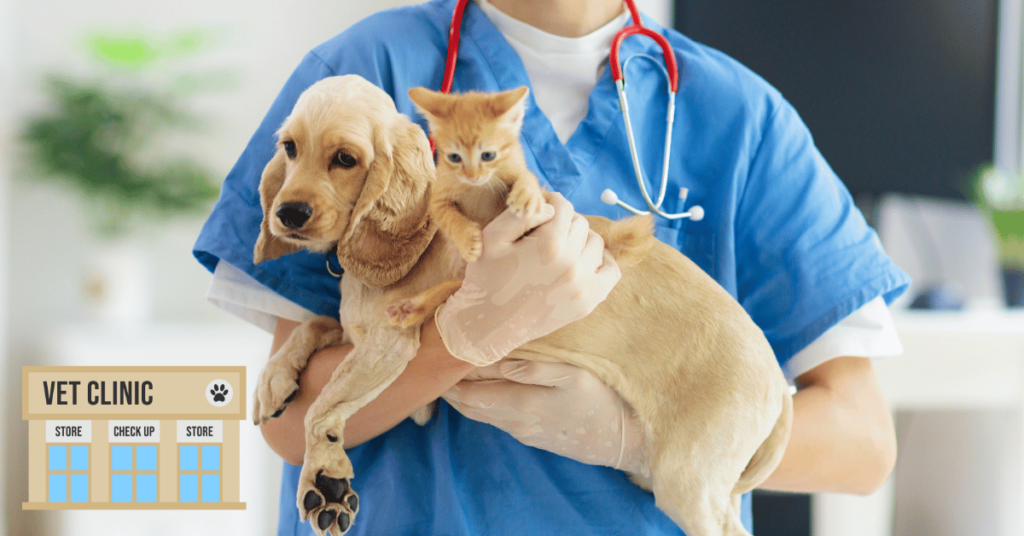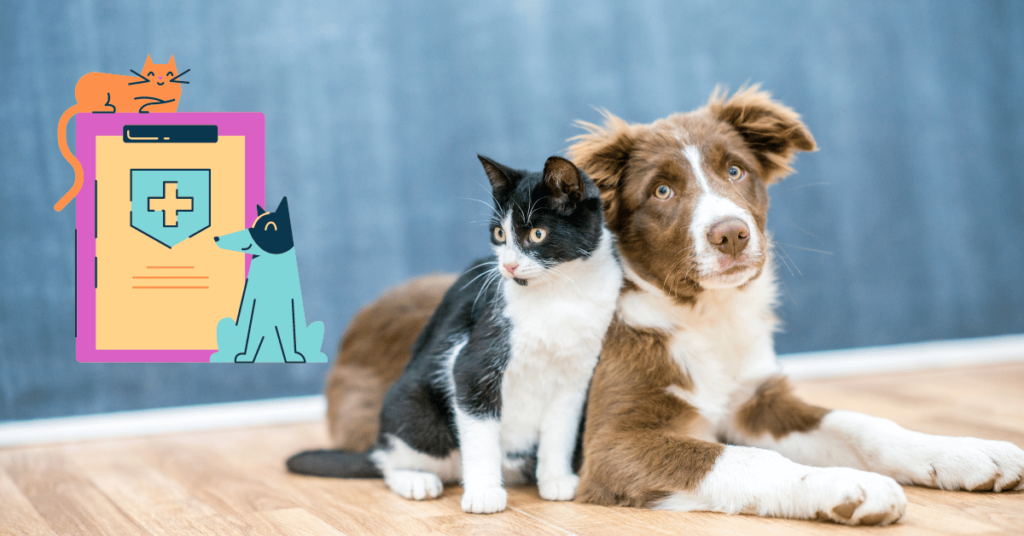Veterinary care can be costly, especially during emergencies, and while pet insurance can help ease the financial burden, traditional policies require you to pay the vet upfront and then wait for reimbursement.
However, some pet insurance companies now offer a feature known as “Direct Vet Pay.” This means the insurer pays the veterinarian directly, reducing the stress on pet owners. But how does it work, and which companies offer this service? Let’s get into details.
What is Direct Vet Pay in Pet Insurance?
Direct Vet Pay is a feature that allows your pet insurance company to pay the veterinarian directly for covered medical expenses, instead of you paying out-of-pocket first and then waiting for reimbursement. This system helps pet owners who may not have the funds to cover large vet bills upfront, especially in emergencies where the costs could be overwhelming.
Which Pet Insurance Companies Offer Direct Vet Pay?

Several pet insurance companies offer Direct Vet Pay, providing peace of mind to pet owners. Here are some top providers:
- Trupanion: Trupanion is one of the leaders in Direct Vet Pay, processing payments directly to the vet in minutes. The only condition is that the veterinary clinic must be within Trupanion’s network.
- Pets Best: Pets Best offers a Direct Vet Pay option after the vet and pet owner complete a form allowing payments to go directly to the clinic. If the vet declines, the traditional reimbursement method applies.
- Healthy Paws: Healthy Paws can also pay the vet directly, but it requires pre-approval before treatment and is only available during business hours.
- Progressive: Progressive pet insurance includes Direct Vet Pay as part of its service.
- Geico and State Farm: Both Geico and State Farm offer pet insurance through Trupanion, allowing their policyholders to access Direct Vet Pay.
- CarePlus by Chewy: Chewy partners with Trupanion to provide Direct Vet Pay options for accident and illness coverage.
How Does Direct Vet Pay Work?
The process of Direct Vet Pay is relatively simple, but it varies slightly depending on the insurer. Here’s a general overview:
- Vet Visit: You take your pet to the vet for treatment.
- Vet Agrees: If the vet is part of your insurer’s network or agrees to Direct Pay, they submit the bill directly to the insurance company.
- Claim Processed: The insurer reviews and processes the claim, sending the payment directly to the vet for covered expenses, after the deductible is met.
- Payment to Vet: The insurance company pays the agreed portion of the bill, leaving you responsible only for co-pays or uncovered expenses.
Important Considerations:
- Vet Agreement: Not all vets accept Direct Vet Pay, so it’s important to confirm with your vet if they will participate.
- Network Restrictions: Some insurance providers may require you to visit a vet within their network to access Direct Vet Pay.
- Deductible: You must meet your deductible before your insurance starts paying.
- Co-insurance: Depending on your plan, you are still responsible for co-insurance payments, usually 10-30% of the bill, along with any uncovered costs.
Benefits of Direct Vet Pay
Direct Vet Pay offers several benefits that can make it a game-changer for pet owners:
- Reduced Financial Stress: You don’t need to pay a large upfront bill and wait for reimbursement, which can be a relief during expensive treatments.
- Easier Access to Care: Pet owners may be more willing to pursue recommended treatments when they don’t have to worry about upfront costs.
- Peace of Mind: You can focus on your pet’s recovery rather than being preoccupied with finances.
Drawbacks and Considerations
While Direct Vet Pay has its benefits, there are some limitations:
- Vet Participation: Not all vets may agree to accept Direct Vet Pay. If your vet isn’t in the insurer’s network or declines to participate, you’ll have to follow the traditional reimbursement process.
- Coordination: You may need to set up Direct Vet Pay in advance, which can be difficult during emergency situations, especially if they occur outside business hours.
- Coverage Limitations: Direct Vet Pay only applies to covered expenses. You’ll still be responsible for co-pays, deductibles, and costs for services not covered by your policy.
Choosing a Pet Insurance Company That Pays the Vet Directly

When selecting a pet insurance company that offers Direct Vet Pay, there are a few factors to consider:
- Coverage: What does the policy cover? Does it include accidents, illnesses, and wellness care?
- Reimbursement Rate: How much of the vet bill will the insurer cover? Typical reimbursement rates range from 70% to 90%.
- Deductible: What is the deductible you must meet before coverage kicks in?
- Annual or Lifetime Limits: Are there caps on how much the insurance will pay out annually or over the pet’s lifetime?
- Network of Vets: Are you limited to a specific network of vets, or can you choose any licensed veterinarian?
Conclusion
Direct Vet Pay is a valuable feature for pet owners looking to provide their pets with the best care without worrying about upfront costs. By choosing a pet insurance provider that offers this service, you can ensure smoother financial transactions and focus on what matters most—your pet’s health and well-being!. When selecting a pet insurance policy, make sure to evaluate your options carefully, considering factors like coverage limits, reimbursement rates, and whether your vet accepts Direct Vet Pay.
With the right insurance in place, you’ll be prepared for anything that comes your pet’s way, knowing that you won’t have to bear the financial burden alone.
So that was all about this article. If you have any further questions feel free to comment down below. We are always here to help you!




